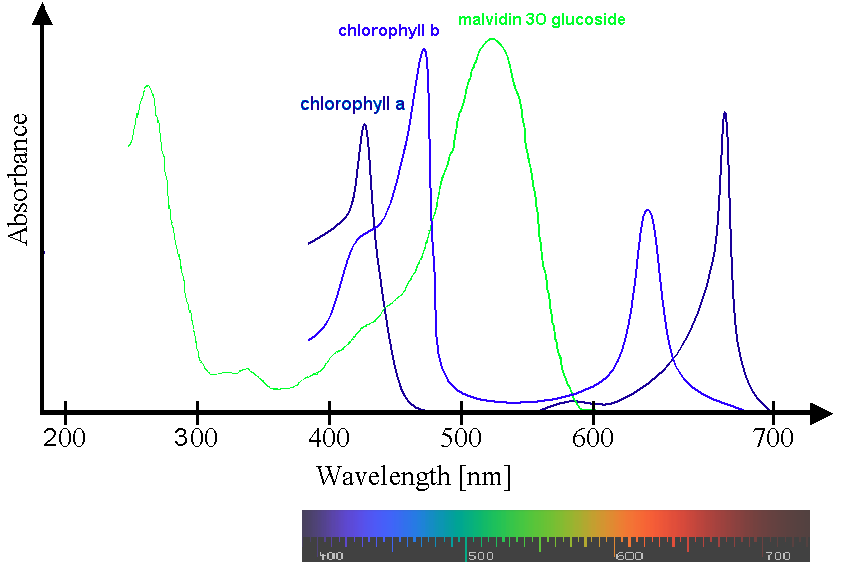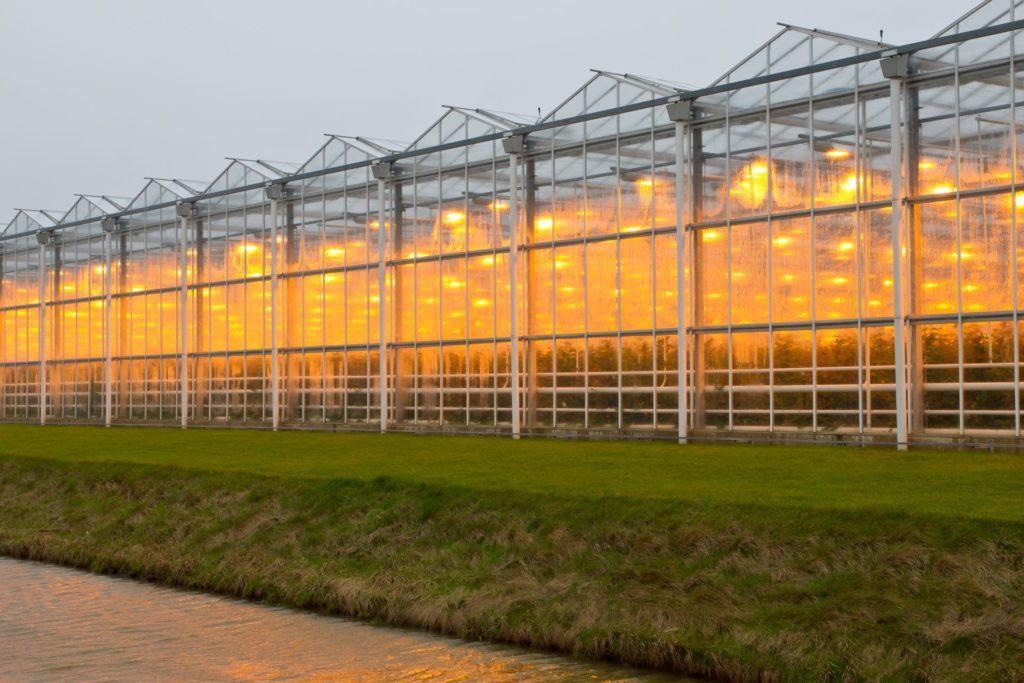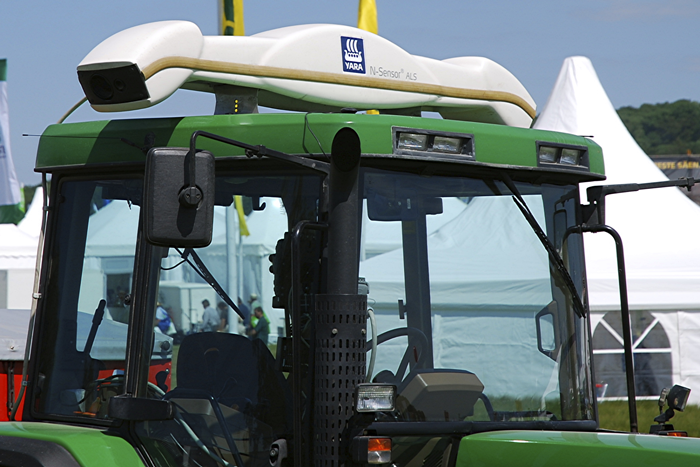Climate change and population expansion, as well as technology advancements and other variables, will alter agriculture in the future. This implies that future farms will have to produce more with less and frequently under increasingly difficult conditions.
Technological advancements that will enable future farming are now being developed.
Plant Physiology Research
Plant physiology, or how plants will grow, develop and reproduce, has a variety of effects on crop output and quality. Plant physiology is influenced by light, which is likely the most significant environmental component.
Plants respond differently to light cues in their surroundings in terms of amount, quality, direction and duration. They produce hormones as well as other secondary metabolites that have an impact on agricultural output, food quality and flavor.
Successful indoor cultivation requires an understanding of plant reactions to light signals. The effects of different light conditions on plant physiology have been studied by researchers from Denmark, Bulgaria and Belgium. Photoreceptors in plants detect ultraviolet-B, ultraviolet-A, red, and blue light. These photoreceptors can sense light intensity, quality, direction, and time.
Red vs. Blue Light
Within the 400–700 range of wavelengths of photosynthetically active radiation (PAR), the photosynthetic photon flux density (PPFD) reflects the number of photons utilized for photosynthesis.
The most significant wavelengths for photosynthesis are red and blue light, which are efficiently absorbed close to the surface. Both blue (420–450 nm) and red (600–7100 nm) light are absorbed by chlorophyll — the main plant pigment responsible for photosynthesis.
Chlorophyll A has absorption peaks in the blue range of 430 nm and the red range of 665 nm, whereas chlorophyll B has absorption peaks in the blue range of 453 nm and the red range of 642 nm (red). At 550 nm, chlorophyll absorbs the least amount of light. (Ouzounis 2019)
Blue light has more energy than red light since it has a higher frequency and a shorter wavelength. However, instead of the energy content of individual photons, photosynthesis is determined by the overall quantity of photons absorbed. The excess energy is lost as heat in the case of blue light. The reduced efficiency in the blue range shows this impact. (Ouzounis 2019)

Image Credit: Avantes BV
Plants respond to red and blue light differently, and even various types of the same species may flourish best under different light situations. Due to poor light quality, plants marketed in containers are commonly made in crowded settings with insufficient light and have extended hypocotyl, which is the stem located below the seed leaves and right above the roots.
This causes unusually tall plants with thin leaves and low fresh weight output. Herbs and spice plants tend to have this extended characteristic. Due to poor light quality during the germination period, dill plants have a lot of elongation, fewer leaves, and a reduced leaf area.
The impact of changing levels of blue light between 10-15% with a consistent proportion of red light was researched by researchers at the Poznan University of Life Sciences in Poznan, Poland.
Scientists discovered that dill plants exposed to red light grew taller and had longer internodes, but plants exposed to blue light had smaller internodes and generated higher herb yields. The plant’s response to blue light, on the other hand, is extremely sensitive and is determined not only by the quantity of blue or red light but also by the plant’s growth stage. (2016, Frszczak)
During the early weeks of germination, large doses of blue light reduced the elongation of the hypocotyl stem structure the most, with plants cultivated under 50% blue light having the lowest hypocotyl length.
Lower doses of blue light may be adequate to restrict elongation at later stages of development while offering advantages to net photosynthetic rate, with the greatest values seen in plants treated with blue light at around 30%. (Frszczak, 2016)
Under various situations, other plant species show optimal development. A 1:1 ratio of red to blue light was shown to be helpful for cherry tomatoes; however, a red-to-blue ratio of 0.9:0.1 may be a better ratio for lettuce, spinach, and radish.
While blue light inhibited stem elongation in dill and lettuce plants, eggplants grown in blue light have longer stems than those cultivated in any other color.
Non-food commercial plants’ expression may also be affected by light. The height of rose and chrysanthemum flowers reduced when the quantity of blue light was increased. (Frszczak 2016)
Ultraviolet Radiation
Ultraviolet-B light (280–315 nm) is having an increasingly damaging influence on Earth’s living creatures as the ozone layer depletes, whereas Ultraviolet-C light is absorbed in the upper atmosphere and hardly reaches the Earth’s surface — except that this may no longer be the case.
In 1997, scientists in Madrid observed direct sun UV-C radiation reaching the earth. (Katerova 2009)

Image Credit: Avantes BV
The effect of UV-B and UV-C radiation on three essential plant hormones that govern sensitivity to external stress, Abscisic acid (ABA), indole-3-acetic acid (IAA), and 1-aminocyclopropane-a-carboxylic acid was researched by researchers at the Bulgarian Academy of Sciences (ACC).
In response to environmental signals, these phytohormones regulate developmental processes such as plant growth and lateral root initiation. (Katerova 2009)
Spectral Properties of Artificial Light
Greenhouse plants receive 16–20 hours of artificial light every day, with intensities ranging from 100 to 200 μmol m-2 s-1. Because of their great efficiency (1.9 μmol m-2 W-1) in converting power into photosynthetically active radiation, the High-pressure Sodium (HPS) bulb has been the industry standard in indoor plant culture for years.
However, HPS lamps produce light that is mostly yellow and orange, with some red light between 550 and 650 nm. Only around 5% of the light generated by HPS bulbs is blue, and there is no method to change the spectral output of these bulbs.
LEDs generate light in a restricted spectrum that ranges from ultraviolet to near-infrared, allowing for the modification of the light spectrum to induce physiological changes that may improve plant development. LEDs have light distribution qualities that are equivalent to or better than HPS, making them a completely scalable replacement.
LEDs are becoming more competitive with HPS lamps in terms of quantum efficiency, and in the case of some modern Dutch and Danish fixtures (2.2-2.4 μmol m-2 W-1), they may even outperform them.
LEDs are also solid-state, long-lasting light sources that can last up to 100,000 hours, compared to the usual HPS bulb life of 10,000-20,000 hours. (Ouzounis 2019)
Avantes has been a pioneer in the use of spectroscopy in greenhouse conditions. Avantes spectrometers have been used to improve LED light mixes and automatically alter shade systems within greenhouses to control the daily light integral (DLI), which is the total quantity of light received by a plant in 24 hours.
Plant Health Monitoring and Quality Assessment
Developing a non-invasive method of evaluating plant health and quality is one of the more prevalent topics of focus in Smart Agriculture. Spectroscopic diffuse reflection is excellent for this application since it requires little apparatus and can be done quickly (e.g. 600 spectra per second).
Image 1 shows a sensor head installed on the top of a tractor pulling a fertilizer implement - a notable example of this technology.
Yara AG developed and markets this device, which detects sun illumination and compares it with crop reflection data. The reflected light from the crops offers a wealth of information regarding chlorophyll content, enabling the calculation of a health score, which controls the fertilizer application level in real-time and is subsequently mapped to GPS locations for future monitoring.
This method is an outstanding illustration of how SMART agriculture could boost agricultural production by better-using resources.
Crop quality is another key aspect of agricultural production that has benefited from spectroscopic approaches. Avantes equipment is being used by researchers at the Polytechnic University of Valencia in Spain to build a mango quality index for predictive modeling and a robotic gripper capable of simultaneous tactile and NIR spectroscopic measurements to detect mango quality and maturity. (Cortes 2017)
The biochemical and physical features of mango samples are used in this non-destructive way of evaluating fruit quality. Mangoes are rarely ready to eat when they reach full maturity. They require a time of ripening during which the fruit undergoes several chemical and physical changes.
To evaluate changes in soluble solids, ascorbic acid, water content and skin color, diffuse reflectance spectroscopy was employed with a fiber-optic probe in direct contact with the mango skin.
This quality index was created using Avantes multichannel spectroscopic equipment. The visible range of the AvaSpec-ULS2048CL-EVO Starline spectrometer was 600–100 nm, while the visible range of the AvaSpec-NIR256-1.7-EVO NIRLine spectrometer was 900–1750 nm.

Image Credit: Avantes BV
Spectroscopy for Light Characterization
In agriculture, spectrometers and spectroradiometers are critical tools for characterizing natural and artificial light. These devices, which are commonly mistaken for sensors, give reliable data on the quality and quantity of light absorbed, received or transmitted by plants.
In contrast, a sensor is usually confined to monitoring a specific yet narrow range of light wavelengths received in aggregate. As the composition of light wavelengths received by plants is so important, spectrometers are useful instruments for determining this composition.
Avantes AvaSpec devices are built to withstand the rigors of field spectroscopy. The AvaSpec-ULS2048CL-EVO and the AvaSpec-Mini2048CL are the most frequently utilized UV/VIS instruments in this application. Due to their robust yet small designs, high-speed data gathering, and thermal stability, both are ideal choices for field usage.
The AvaSpec-NIR256/512-1.7-EVO and the cooled AvaSpec-NIR256/512-1.7-HSC-EVO are the go-to instruments for near-infrared applications. This equipment is particularly well-suited for field grain and silage analyses.

This information has been sourced, reviewed and adapted from materials provided by Avantes BV.
For more information on this source, please visit Avantes BV.